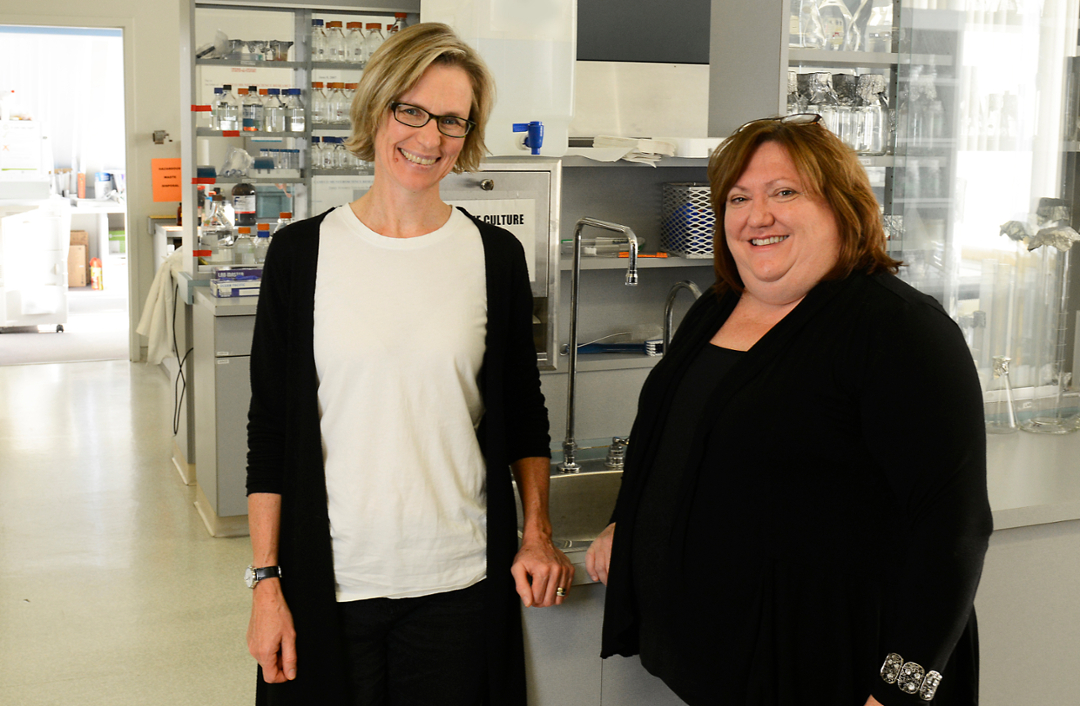
Low oxygen therapy has high potential for spinal cord patients
Expose patient to low oxygen levels intermittently for short time periods. Combine with rehabilitative training. Repeat. They’re simple instructions for treating people and animals with spinal cord injuries, but the results have proven to be breathtaking.
By LYNNE GUNVILLEIt’s called acute intermittent hypoxia (AIH) therapy, and based on research studies conducted at the University of Saskatchewan, scientists are excited about its promise as a therapy for partial spinal cord injuries.
AIH therapy involves repeated exposure to low oxygen (hypoxic) levels for brief periods. This action triggers a chain of events in the nerve cells or neurons as they react to the mild stress.
“The AIH alerts the cells that they’re under stress,” explained Valerie Verge, a professor of anatomy and cell biology in the College of Medicine. “The cell adapts by turning on specific genes and creating specific proteins that help the cell to survive the stress. They induce a strengthening of the existing neuronal connections which is referred to as plasticity.”
As director of the Cameco MS Neuroscience Research Center, Verge has a keen interest in neurological research. She shares her passion with Dr. Gillian Muir, a professor at the Western College of Veterinary Medicine (WCVM) and the co-principal investigator in a recent study published in PLOS ONE.
Read the full story on the University of Saskatchewan website.
